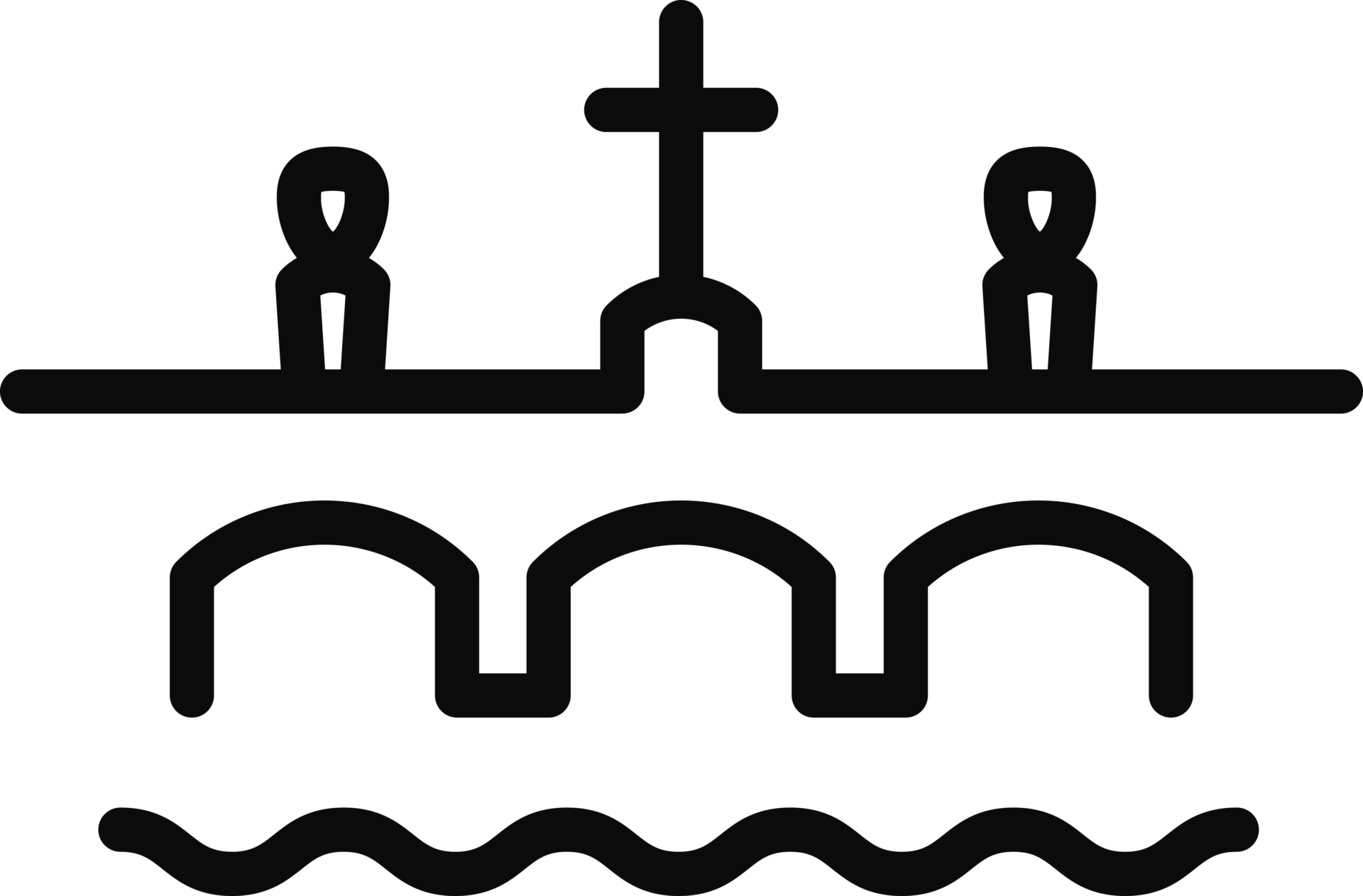Schwarzenberg Palace
Schwarzenberg Palace
The Schwarzenberg palace is easily recognizable by its rich black-and-white graffito decorations on its walls. It is considered to be one of the most beautiful examples of Prague Renaissance architecture. It represents a perfect link of domestic tradition with the new Renaissance architecture of Northern Italy.
The Owners Of The Palace
Schwarzenberg Palace was built in a dominant position above the Leader Town on the site of older buildings that had been destroyed by the fire in 1541. The ruins were bought by Jan Popel of Lobkowicz, a rich nobleman in Bohemia. Construction works under the supervision of the architect Agostino Galli were started in 1545 and completed in 1567. When George of Lobkowicz was imprisoned by Rudolph II all of his properties were confiscated. At that time Petr Vok of Rosenberg took possession of the palace. During the years that followed the palace became the property of several other noble families. The Schwarzenberg family gained the palace by marriage in 1719 and resided here until 1948.
Interior
Inside the Schwarzenberg Palace, we have a wonderful opportunity to admire beautiful ceilings decorated with paintings on canvas stretched over a wooden construction. The paintings made in around 1580 depict famous scenes from antiquity –The Kidnap of Helen, The Conquer of Troy, The Escape of Aeneid, and The Judgement of Paris.
Museums
At the beginning of the 20th century the palace lost its residential function. From 1909 the palace was used by the National Technical Museum, and in 1947 the Military History Museum took over use of the palace.
National Gallery
In 2002 the National Gallery gained use of the building and launched an extensive reconstruction in July 2003. Nowadays the palace houses a permanent exhibition dedicated to the Baroque Art in Bohemia. The ground floor is restricted to Baroque sculpture. Among some of the sculptors represented are Ferdinand Maximilian Brokof, Ignaz Franz Platzer and Karl Joseph Hiernle, Johann George Brendl, and Matthias Bernhard Braun. The second floor contains a large collection of Karel Skreta, Michael Leopold Willmann, Johann Christoph Liška, and wonderful drawings and prints of the 17th and 18th centuries. The exhibiton also include works by Wenceslas Hollar, Salvatore Rosa amongst others.
If you want to sleep few minutes from the Schwarzenberg palace, book one of our cosy private double rooms!



